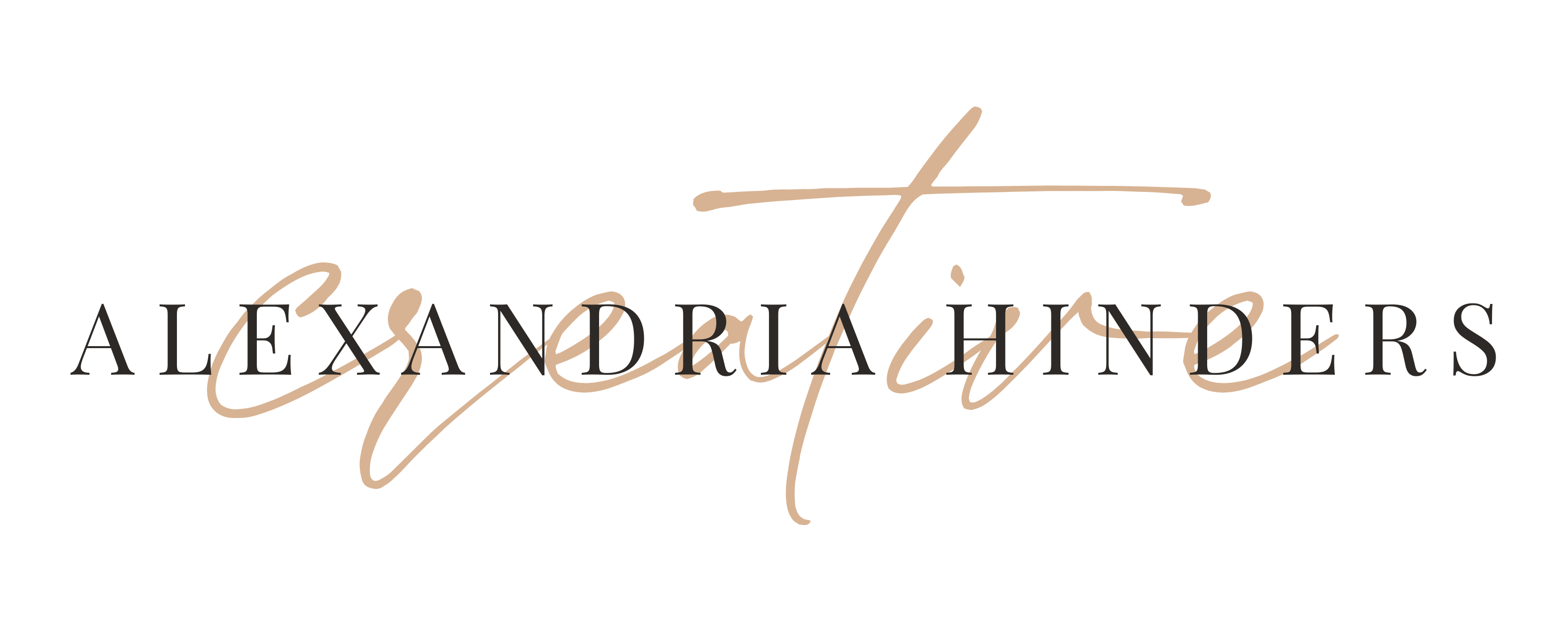Shooting in Manual Mode

As a photographer, it is essential to have a good understanding of the various camera techniques that you control when shooting in manual mode, which can in turn, help you take better photos. Three of the most important camera settings to understand when shooting in manual are ISO, shutter speed, and aperture. In this blog post, we will explore each of these camera techniques and how they affect your photos.
Aperture: Personally, the first thing I start with when shooting in manual mode, is determining my aperture. Aperture refers to the size of the opening in your camera’s lens that lets light into the camera body. Aperture is measured in f-stops, and the lower the f-stop number, the larger the aperture and the more light that can enter the camera. Aperture also affects the depth of field in your photos, with larger apertures (lower f-stop numbers) creating shallower depths of field and smaller apertures (higher f-stop numbers) creating deeper depths of field.
Depth of field refers to the area in your photos that is in focus. A shallow depth of field, created by using a large aperture (low f-stop number), can be used to isolate your subject and blur the background, while a deep depth of field, created by using a small aperture (high f-stop number), can be used to keep both the foreground and background in focus.
Every photographer is different, but I personally never really increase my aperture above f/2.8! (I know, crazy!) If I’m photographing products or a single subject, my aperture is usually below f/2. If I have a larger family, who are all on different planes, I’ll increase to closer to f/2.8!
Shutter Speed: The next thing I think about when shooting in manual mode is my shutter speed. Shutter speed refers to the amount of time that your camera’s shutter remains open when taking a photo. A fast shutter speed allows you to freeze fast-moving subjects, while a slow shutter speed can create motion blur. Shutter speed is measured in fractions of a second. ( think 1/100 or 1/8000). The lower the bottom number of the fraction, the slower your shutter speed is (and how much light is being let in!)
Remember, a slower shutter speed can create motion blur, so I always stay above 1/200 to be completely sure I won’t have blurring from my hands shaking or subjects moving. If using a tripod you can always go lower!
ISO: After I’ve set both my aperture and my shutter speed, I set ISO. ISO refers to the sensitivity of your camera’s sensor to light. The higher the ISO value, the more sensitive the sensor is to light, and the less light you need to take a photo. However, increasing your ISO can also result in more noise/grain in your photos. When shooting in low light conditions, you may need to increase the ISO to take a photo, but be aware that doing so can introduce noise into your images. (This can sometimes be fixed in post-processing, but not always completely!) What my lighting situation is like + what I’ve set for Aperture and Shutter Speed determines where my ISO is. Using my camera’s internal meter, I find an ISO that puts my exposure right in the middle! If I am in low light, and the needed ISO is too high, I will tweak the other two settings to avoid noise!
Once you have a good understanding of how these three settings work together, shooting in manual mode will become second nature. I personally believe understanding ISO, shutter speed, and aperture to shoot manually are essential for taking better photos. Experimenting with these camera settings will help you to achieve the desired effects in your photos and take your photography to the next level!

